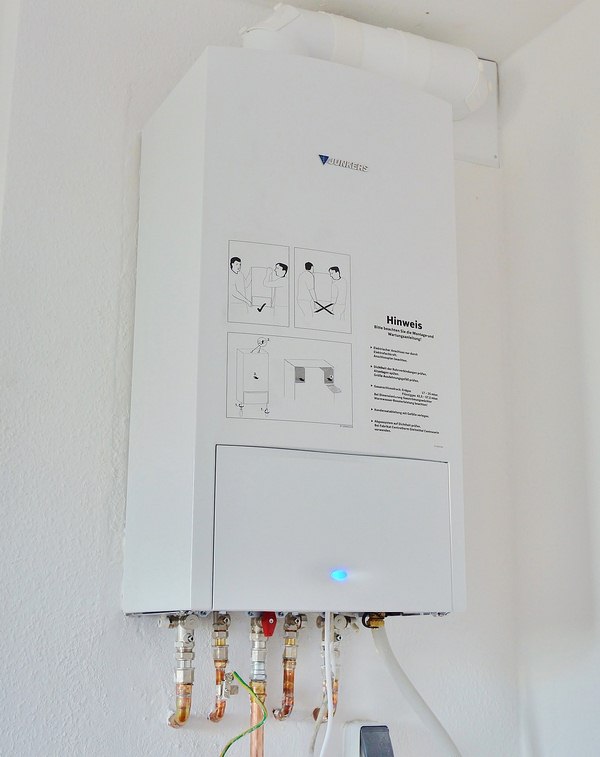Any water heater ten years old or more needs replacing.
Rusty water isn’t a good sign, and rumbling noises mean the sediment is damaging the inside. And, if you find water around the base, you have no time to lose.

If you don’t want the comfort and confidence of professional help from a hot water Canberra professional, you can learn how to install a water heater:
Read Also:
- 3 Tips to Help You Hire the Best Hot Water Repair Service Company
- Stop Knocking Pipes: How Do I Remove Air From My Water Pipes
- Helpful Practices for You to Prevent Plumbing Mishaps at Your Home
- 5 Really Easy Ways to Clean Your Blocked Drain
- 3 Incredible Tips to Help You Prevent Frozen Pipes
- How to Install Baseboard Heaters for Heating
You should buy the extras necessary to get it up and running— wrenches and screwdrivers, a torch and flux, level and shims, and/or tube cutter and fittings.
You must shut off the electricity to the water heater. You must drain the tank into the street or drains before you attempt to move it.
You should double-check the electricity with a voltage detector. Using colored wire caps, you can tie off the wires to avoid confusion later on.
The hot and cold pipes need disconnecting. Most modern installations include PVC piping, but if your pipes are copper, you must cut them with a tubing cutter, leaving as much pipe as possible to work with.
With all connections, you can lift the old water heater from its place. You must check the local permitting policies. For example, some jurisdictions require you to raise the water heater above the floor or set it in a drain pan.
It takes a dolly to move the heater into place to avoid damage to the interior. Using a level and slipping shims under the unit, you must be sure the heater is level.
Using plumber’s tape, you tighten plumbing fittings to existing PVC. The fittings that come with the heater are likely color-coded, so you connect blue with cold and red with hot.
Keeping the drain valve closed, you turn on the water supply and open the valve lines. Then, you must run the most distant hot water faucet from the water heater. When you have a good flow of hot water, you know the heater is working.
The T&P valve comes with a yellow tag. It’s either pre-installed or comes with the device. It automatically drains when the water pressure or temperature gets too high.
You may want to wrap the heater in an insulation blanket. And, your locale may require you to harness the unit to the wall to protect it from falling over or pulling away.
The Sydney Morning Herald reports the Department of Environment, Land, Water, and Planning wants to reduce environmental emissions. “The proposed ban, to come into effect from May 2019, would prohibit electric storage water heaters and gas water heaters with less than a five-star energy rating.“
If, as the Australian Government says, “21% of the energy used in the home heats water,” you may have less time than you thought to replace your water heater.